Lincoln Brook Trail: North End
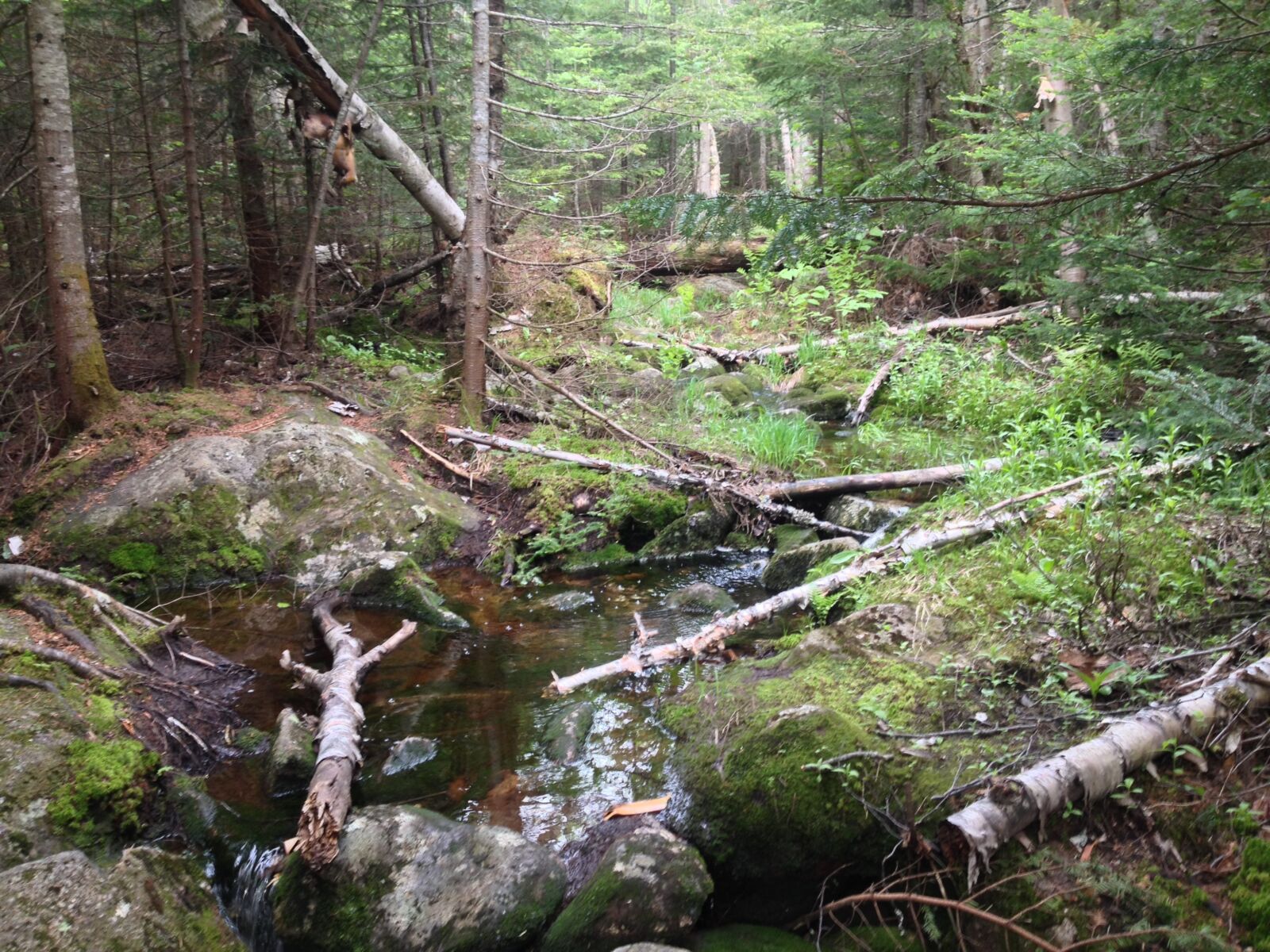
As the only approach trail to Owl’s Head mountain, the southern portion of the Lincoln Brook Trail is an absolute must for every hiker attempting to complete the iconic 4,000 footers of the White Mountain National Forest. However, the northern end of the trail gets much less traffic. Here the trail is thin, muddy, technical, and indistinct. The trail weaves past marshes, along small streams, and through a section of the White Moutain National Forest that is easily one of the ‘deepest’ in the woods.
Mountain Pond Loop Trail
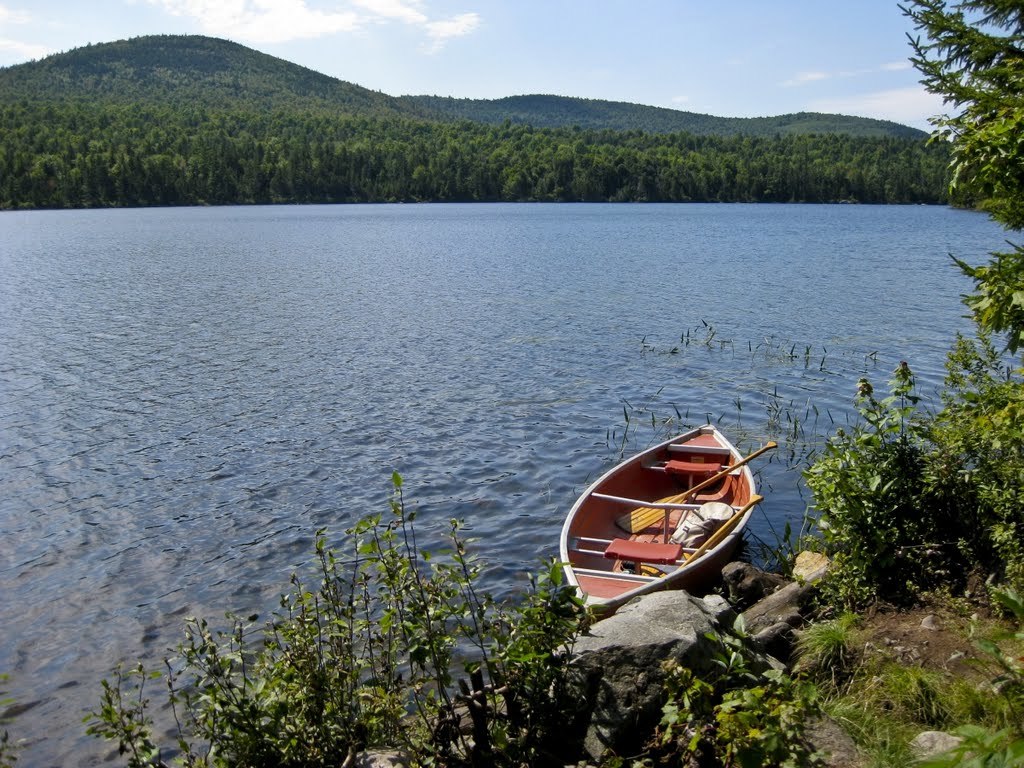
This pondside stroll sports a uniquely high beauty to effort ratio and may be desirable for hikers with young children. The 2.7 mile loop around Mountain Pond boasts almost no elevation change whatsoever, provides beautiful views of the nearby Doublehead Mountains, and is far enough from development and paved roads that moose, bear, and loon sightings are frequent. For those looking for a quick afternoon escape from the mayhem, this loop is certainly worth the trek.
Moat Mountain Trail: North End
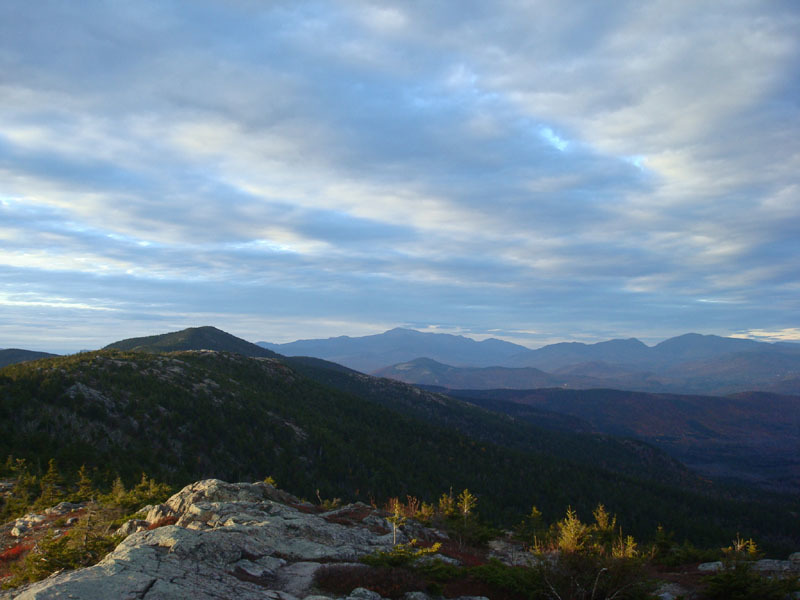
This trail traverses the iconic Moat Range, which is clearly visible from downtown North Conway, the heart of the Mt. Washington Valley. The Moat Mountain Trail climbs on less-than-shoulder-wide trails before traversing North, Middle and South Moat on stunning ridgeline. Also, the Moat Mountains’ unique geography make them an ideal location for finding smoky quartz crystals; keep an eye out!
Black Angel Trail
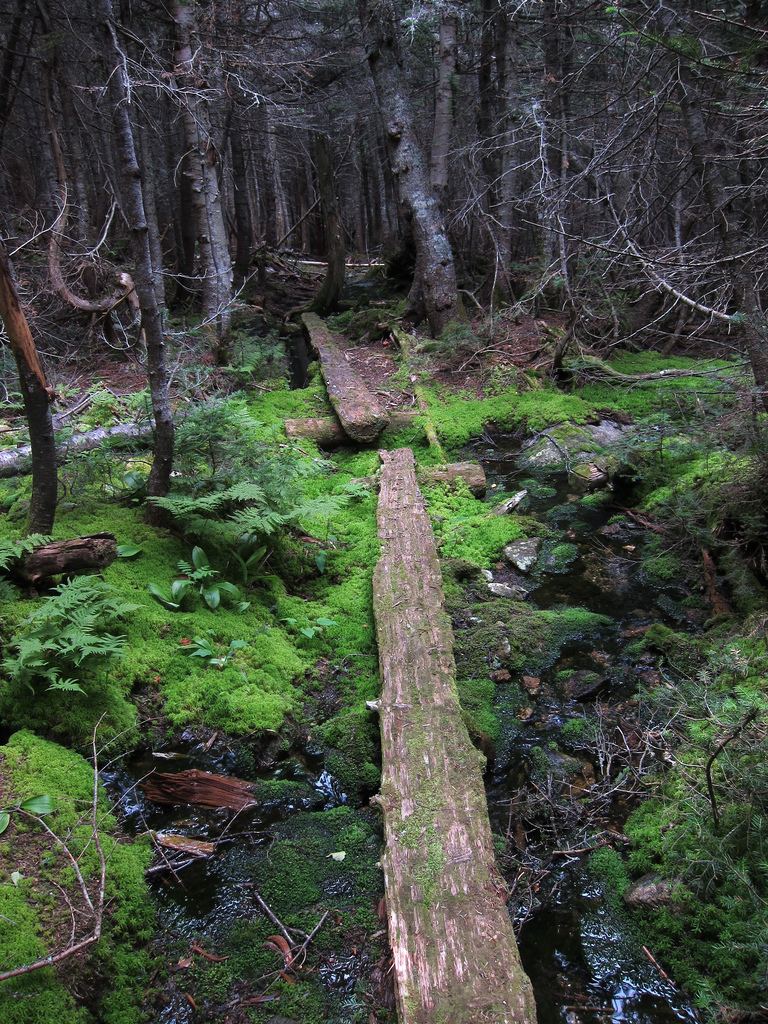
For hikers looking for isolation and solitude, this may be the kingpin. Nestled into the Wild River Wilderness, the Black Angel Trail ventures into territory unknown by hikers focused on the 48 4,000 footers or the iconic presidentials. No blazes on the trails, no cell-phone service, no heavy foot traffic, high potential for wildlife sightings and what may be the best fall foliage you see in your entire life; make the Black Angel Trail an absolute must!
Coppermine Trail
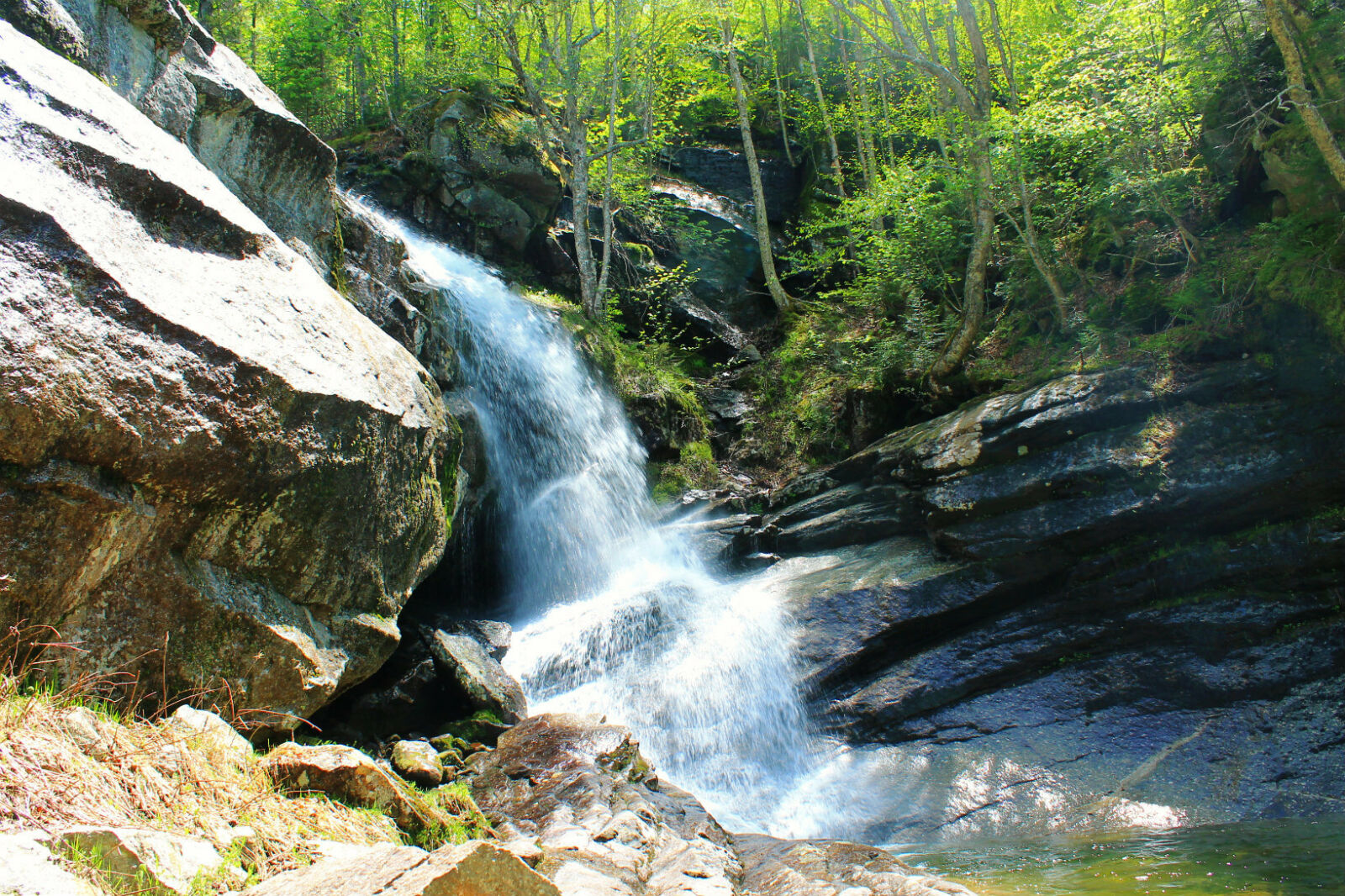
The Coppermine trail earns a spot on this list primarily because of its geographically isolated location, west of Cannon Mountain on the edge of the White Mountain National Forest on route 116. This is a small, pleasant hike with just over 1,000 feet of elevation gain that leads to a beautiful pool below Bridal Veil Falls that makes this trail the perfect destination for a hot summer’s day. Better yet, turn it into an overnight adventure by staying at the Coppermine shelter at the trail’s terminus!
Mt Tremont Trail
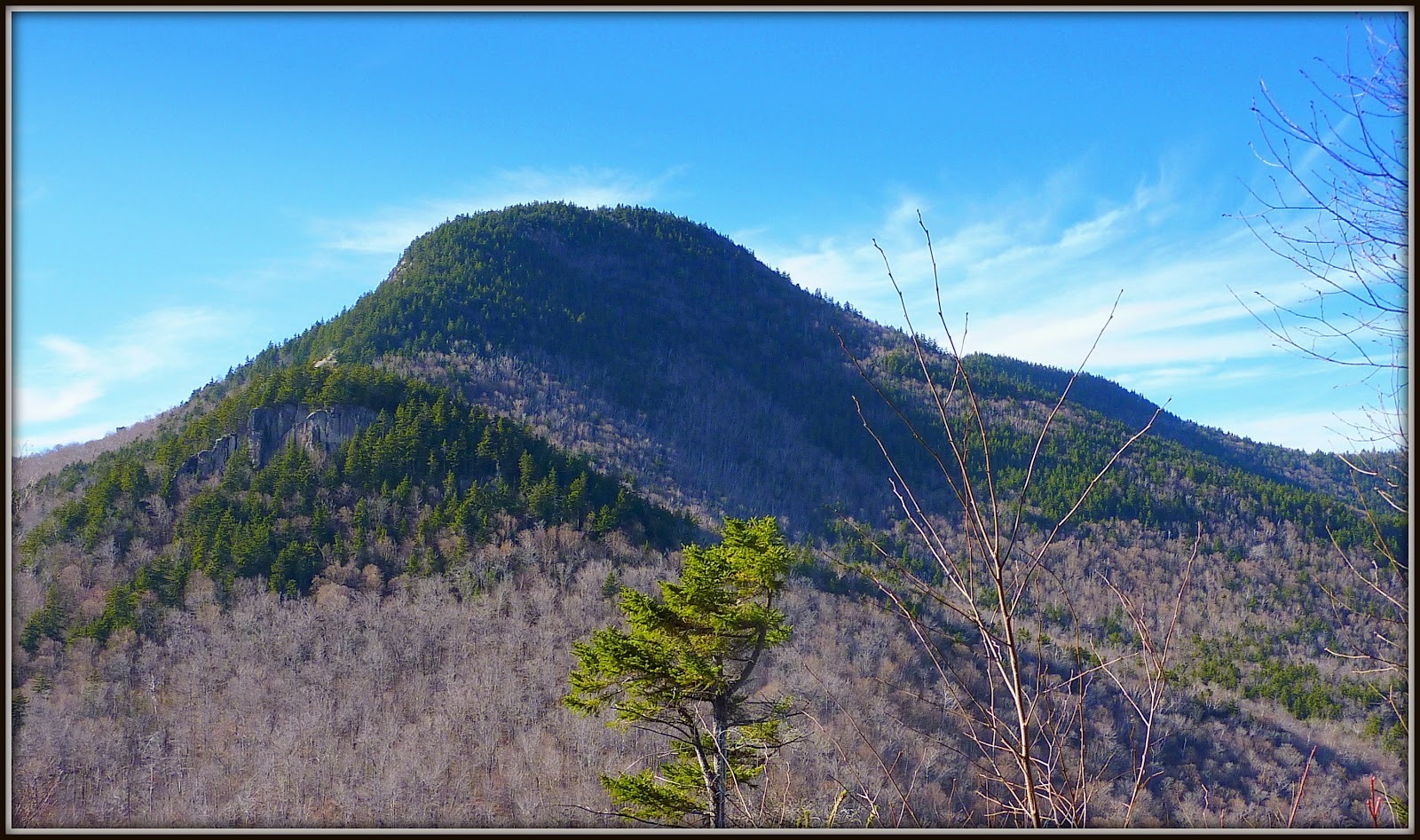
This trail is best for those who can best appreciate the beauty in simplicity. This trail takes you to the small, ledgy summit of Mt. Tremont. The trail has no official intersections, so the only people to be found on the trail are those specifically looking to climb the unassuming mountain dwarfed by nearby Carrigain and gaze upon the simple beauty of Sawyer Pond nestled in the valley below.
What is your favorite hike in the White Mountains? Let us know in the comments below.

